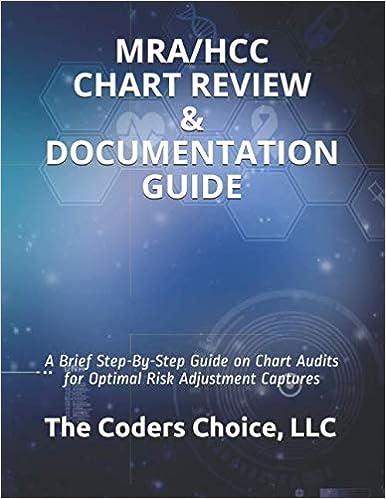Reference - Text Chapter 5 PROCESS COSTING AND OPERATION COSTING Notes on calculating product costs in a Process-based environment To successfully complete a Process Cost Report, it is highly recommended that students follow this 'five-step' method. The book explains a 'four-step' model however this method has a preliminary step to record all known costs, firstly in the Opening WIP Account and then identify, record and TOTAL all costs before beginning the other four steps. Why? To be sure you have solved and completed the exercise in your Process Report, your final total costs should always equal the sum of the opening stock plus the costs incurred during the period. Follow the guidelines and notes below including the worked exercise to be sure you understand the work-flow. In reality, if you understand the flow of costs and steps in the calculations, you should be able to work from step 1 through to step 4 or even in reverse from step 4 back to find the units in step 1. Template for costing report is shown on the next page. Worked exercise: ACE Chemicals is a chemical manufacturer that is running a process-type business and has multiple departments. Firstly the dry and wet ingredients for the products are carefully measured and mixed (MIXING DEPARTMENT) separately. Both the dry and wet ingredients, once properly mixed and completed are passed to the BLENDING DEPARTMENT where the dry ingredients are blended with the wet chemicals. As soon as the blending is complete, the blended products are passed to the PACKAGING DEPARTMENT for measuring and packaging depending on their ultimate use by customers. The accounts of the company show that in the month of January, ACE had opening stock in WIP in the BLENDING DEPARTMENT of 5000 kilograms of mixed material that was still in the blending stage and although ALL MATERIALS (100% Complete) have been added, the material was only 50% complete. The costs incurred so far for this opening stock was $5000 for materials and $2500 for conversion. During the month, ACE began a further 50,000 kilograms of materials and incurred manufacturing costs of $45,000 for materials and $37,500 for conversion. By the end of January, ACE had completed and transferred to the Packaging Department 45,000 kilograms of completed material and the units still in process were 100% complete for Materials and 25% complete for Conversion. (Note it is assumed that no amounts are lost or gained during production.) Complete the Process Cost Schedule, calculating the final cost of the material completed transferred to the Packaging Department







